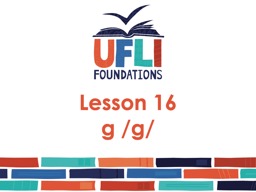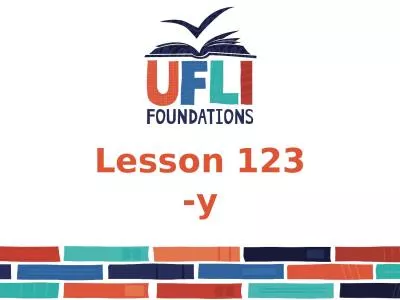PPT-Lesson 6 LRTP Update Phase II:
Author : ashley | Published Date : 2022-06-18
Plan Update 1 Part A Forecast Future Year TAZ Data Inputs FSUTMS Comprehensive Modeling Workshop 2 Lesson Goals In this lesson we will discuss TAZ Data required
Presentation Embed Code
Download Presentation
Download Presentation The PPT/PDF document "Lesson 6 LRTP Update Phase II:" is the property of its rightful owner. Permission is granted to download and print the materials on this website for personal, non-commercial use only, and to display it on your personal computer provided you do not modify the materials and that you retain all copyright notices contained in the materials. By downloading content from our website, you accept the terms of this agreement.
Lesson 6 LRTP Update Phase II:: Transcript
Download Rules Of Document
"Lesson 6 LRTP Update Phase II:"The content belongs to its owner. You may download and print it for personal use, without modification, and keep all copyright notices. By downloading, you agree to these terms.
Related Documents

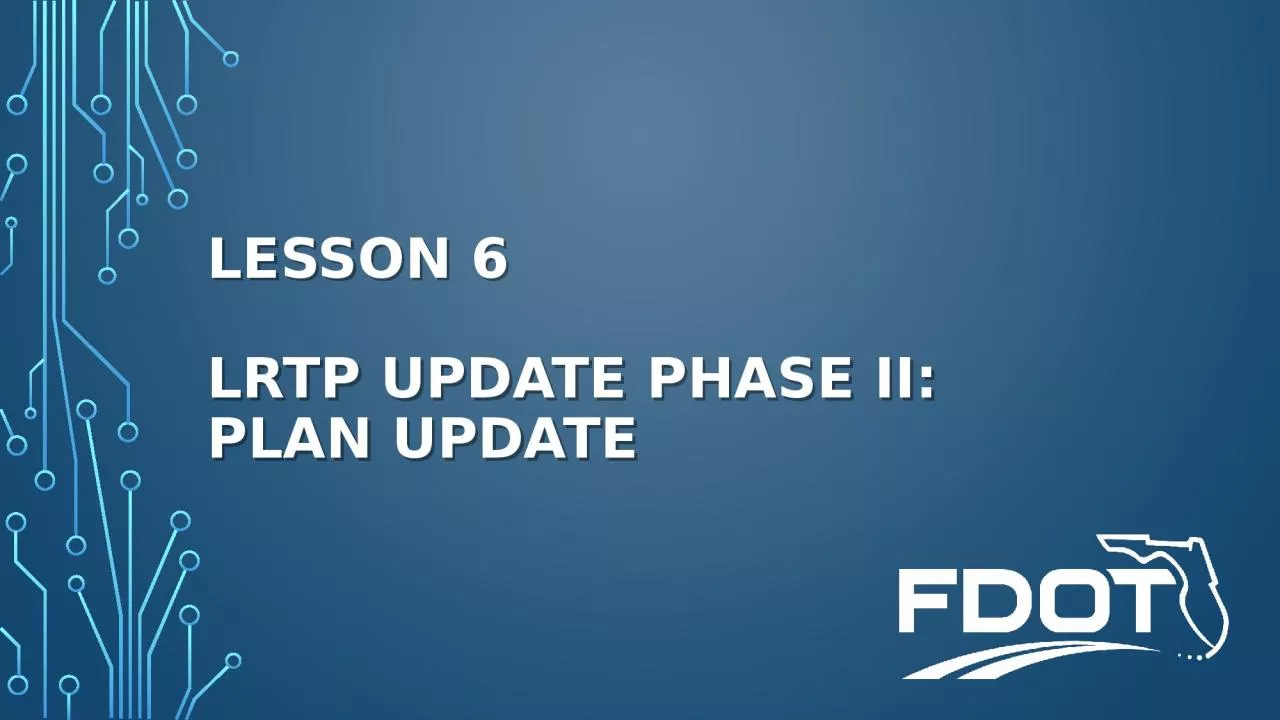
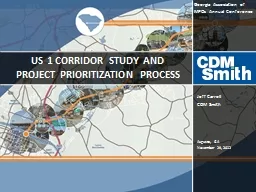
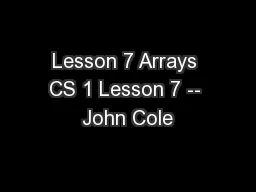
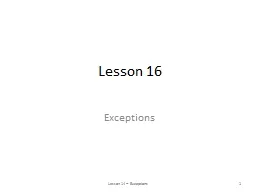
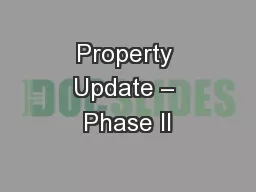
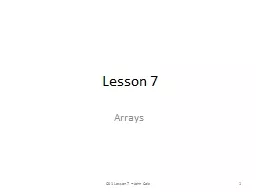
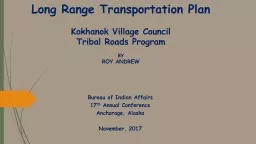


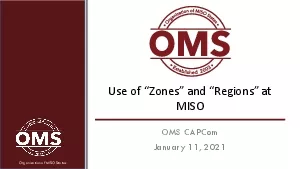
![[READ] - The Reading Lesson: Teach Your Child to Read in 20 Easy Lessons (1) (The Reading](https://thumbs.docslides.com/901425/read-the-reading-lesson-teach-your-child-to-read-in-20-easy-lessons-1-the-reading-lesson-series.jpg)
![[EPUB] - Teacher Lesson Planner: Weekly and Monthly Agenda Calendar | Academic Year -](https://thumbs.docslides.com/906950/epub-teacher-lesson-planner-weekly-and-monthly-agenda-calendar-academic-year-august-through-july-vintage-floral-lesson.jpg)
